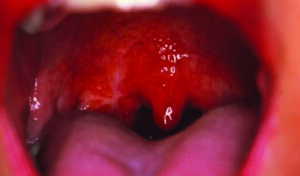Experts in a session at the American Academy of Otolaryngology–Head and Neck Surgery’s (AAO-HNS) 2021 Annual Meeting said prescribing opioids to children can be a risky way to respond.


Experts in a session at the American Academy of Otolaryngology–Head and Neck Surgery’s (AAO-HNS) 2021 Annual Meeting said prescribing opioids to children can be a risky way to respond.
Opioid use following otolaryngology surgical procedures has received increased interest, with many studies recommending shorter-term prescriptions for opioids to avoid dependence on the drugs. In response to a continuing opioid […]
A look at opioid prescription and consumption figures, as well as pain trends, for common otolaryngologic procedures.

Intended to deter opioid abuse, and opioid contract provides information regarding the pros and cons associated with opioid use.
Both septoplasty and rhinoplasty are associated with mostly mild pain, and postoperative opioid requirements are quite low.

Reducing opioid prescribing to children after tonsillectomy may be possible without increasing risk of complications, according to a new study.
Concurrent septoplasty and younger age were associated with increased opioid usage, although the majority of FESS patients did not take more than five opioid tablets after surgery.
A mandated consent form prior to opioid prescription was associated with decreased overall opioid prescriptions without a resultant increase in postoperative complications in pediatric patients.

New study explores risks associated with opioid use among patients with cancer.
Otolaryngologists wrote nearly 1 million days’ worth of opioids to Medicare beneficiaries in 2015.